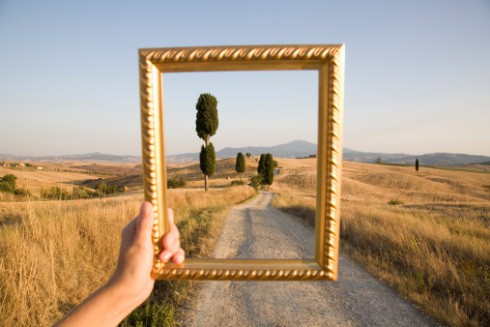By: Tom Malone
Through this lesson study, I saw my thought process through the perspective of other people. After explaining my lesson’s content, objective, and process, I found major gaps because peer feedback provided angles that I previously overlooked.

I hope other students found this concept useful. I’m sure I noticed aspects of my partner’s lesson plan that he didn’t originally see. From this multi-perspective lens of a single lesson plan, I was able to better approach my lesson’s effectiveness.
I gleaned ideas from other students’ lesson plans as well. By pairing with classmates with like-minded units and strategies, I found ways to apply their ideas to my lesson’s situation.
During the large class discussion, I grasped one concept in particular: what is the objective that I want my students to reach? What is the point of a lesson if the end result doesn’t reflect a learning goal?
I enjoyed the varied teaching approaches that the class took. Some focused on a lecture approach, while some wanted to utilize a student-centered activity.
While the concise explanation of an individual lesson seemed difficult for some, I think this speaks to our excitement as educators to implement our lesson creativity in the classroom.
In short, this activity worked. I was able to see lesson brainstorming from kindred subjects, yet from different perspectives. Some ideas don’t fit my style, while others will enhance my vision as I advance as an educator.

There is absolutely no replacement for working with other teachers. It’s great to be a reflective practitioner, but a reflective person in isolation can only have so much insight into herself, unless, of course you’re Siddhartha, which I don’t know how much he taught anymore after reaching enlightenment. I hope that when you find yourself in a teaching job, you keep the collaboration and seeing things from others’ perspectives going. As a new math teacher, I found that I just needed time to work with my grade level teammate, and there just never seemed to be enough time. I simply told my principal that I needed time to plan with my colleague, and she said great and let me and my colleague sit in a room together for an entire day – she got us subs. I could have instead complained for years that we never have time to work together, but instead, I chose to make a request. It seems obvious, but sometimes, as teachers, we forget that we need to make time to work together, and sometimes, that means telling an administrator that you need their support to make that happen.
Tom, I absolutely agree. Getting to hear everyone’s (especially my partner’s) perspective on their lesson plan goals and strategies was very insightful. It really helped me to bounce my ideas off of our class, and helped me to focus my ideas. What is your vision for the classroom? How is that reflected in choosing your lesson goals?
Sam
I envision a classroom atmosphere that encourages students to think outside the box and develop their own conclusions, but I also want to provide them with basic knowledge to fuel their creative thinking. With this in mind, I want to shift the tempo of my lessons from discussion to lecture and repeat.
It’s sort of funny how this entire process of the lesson study, pair-share, and class discussion has generated what you call, ” multi-perspective lens.” It is so valuable to practice this way of thinking because it can only help us to think like historians. History is clearly not one-dimensional. We are all here to teach history in order to relate to all sorts of kids. I like how you said that we are ‘enhancing each others’ visions.’ I think so too.